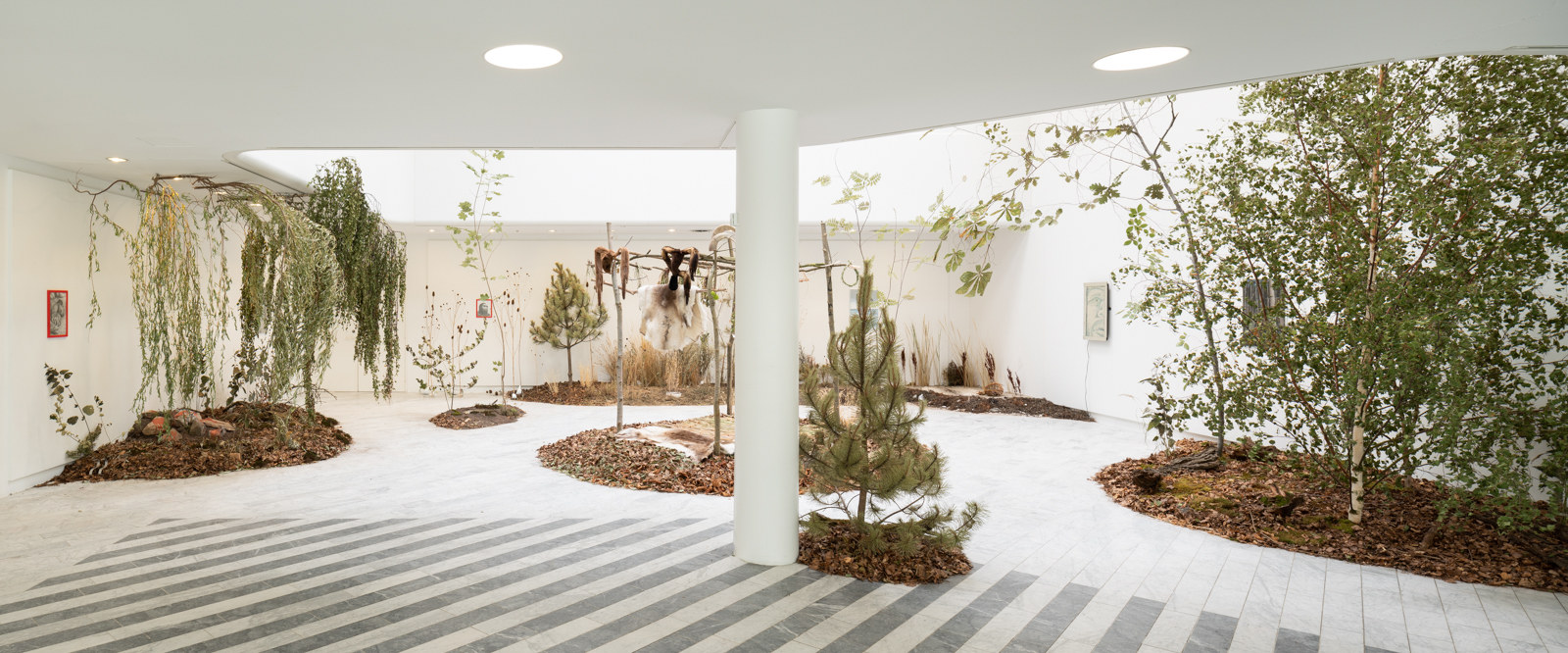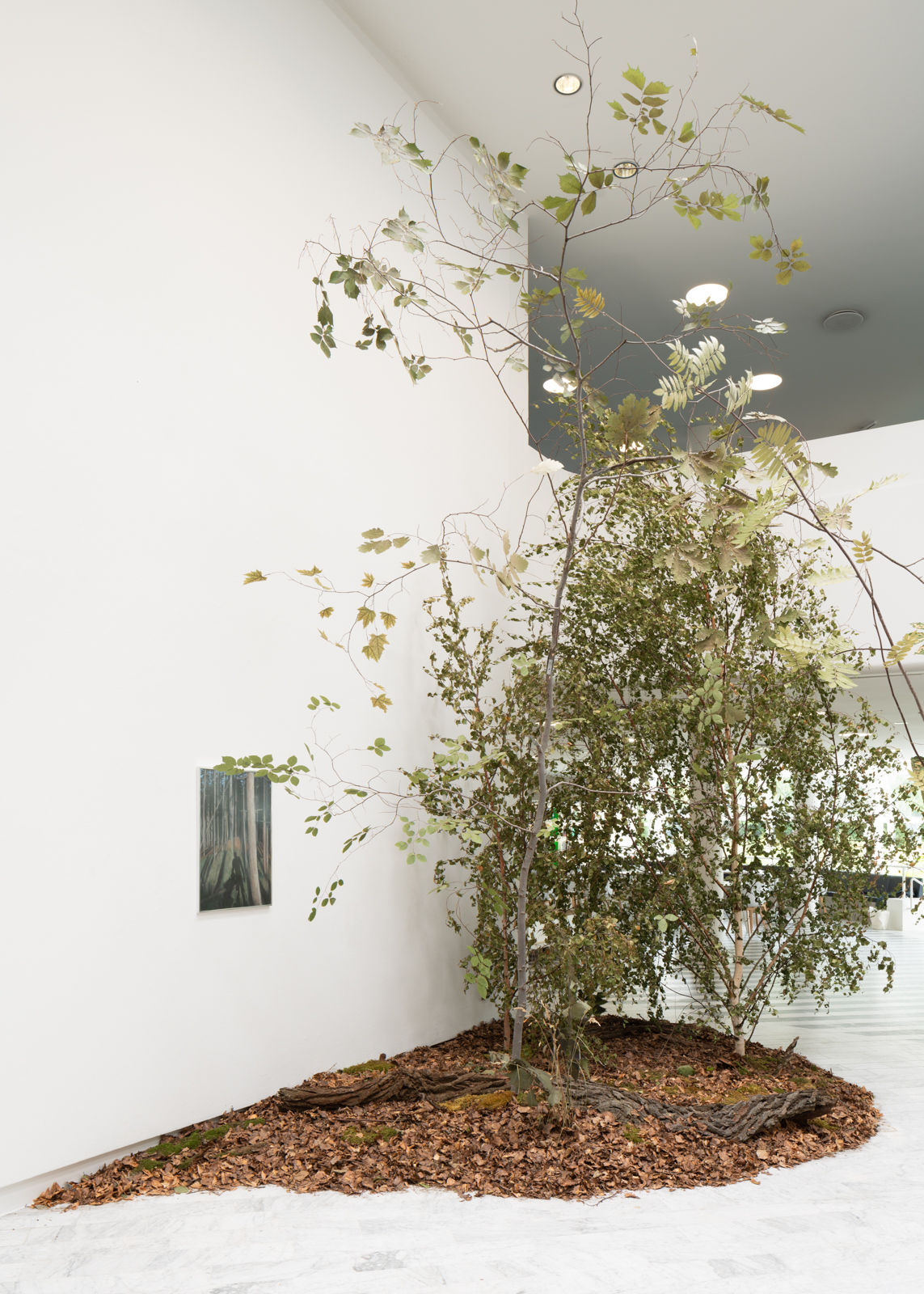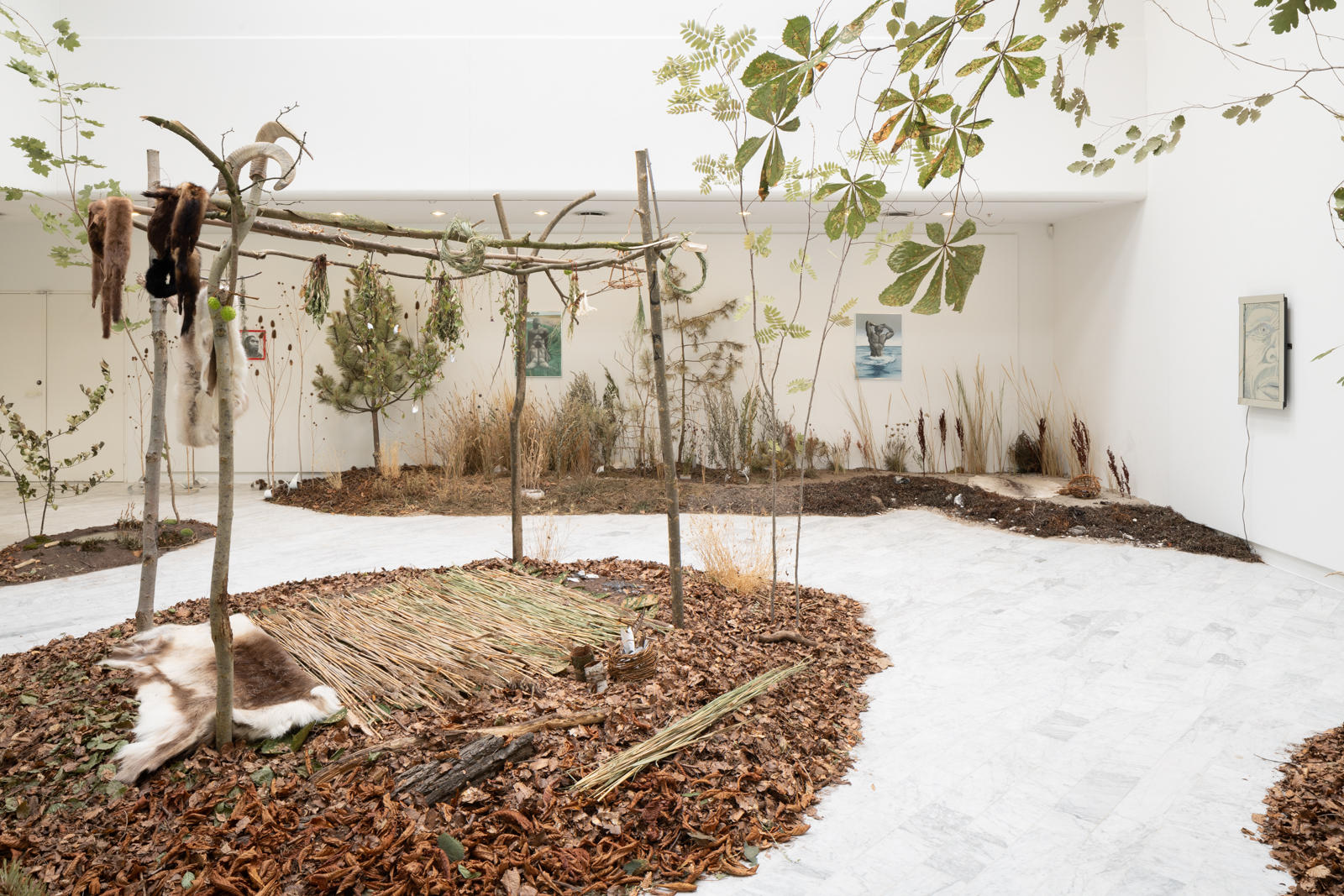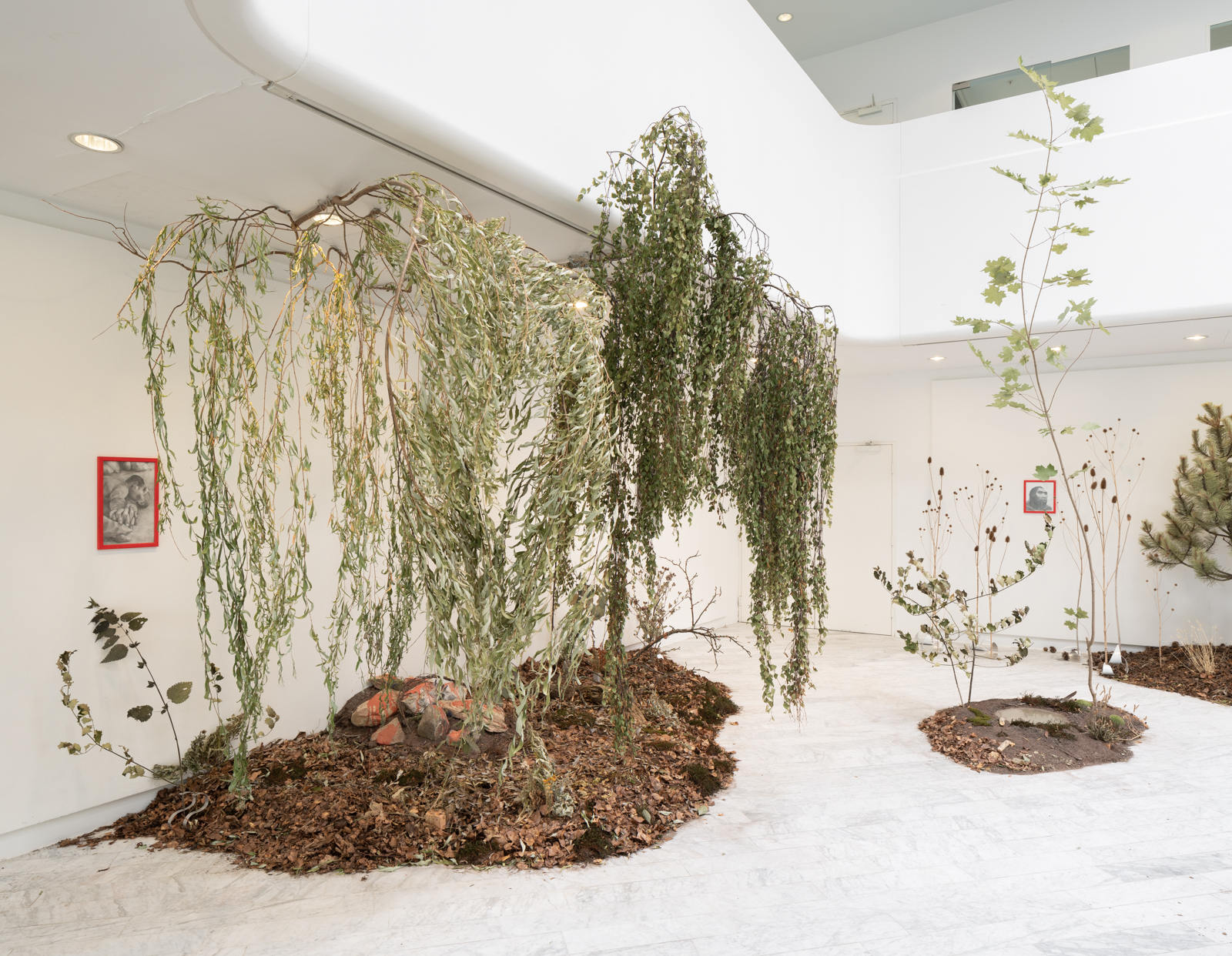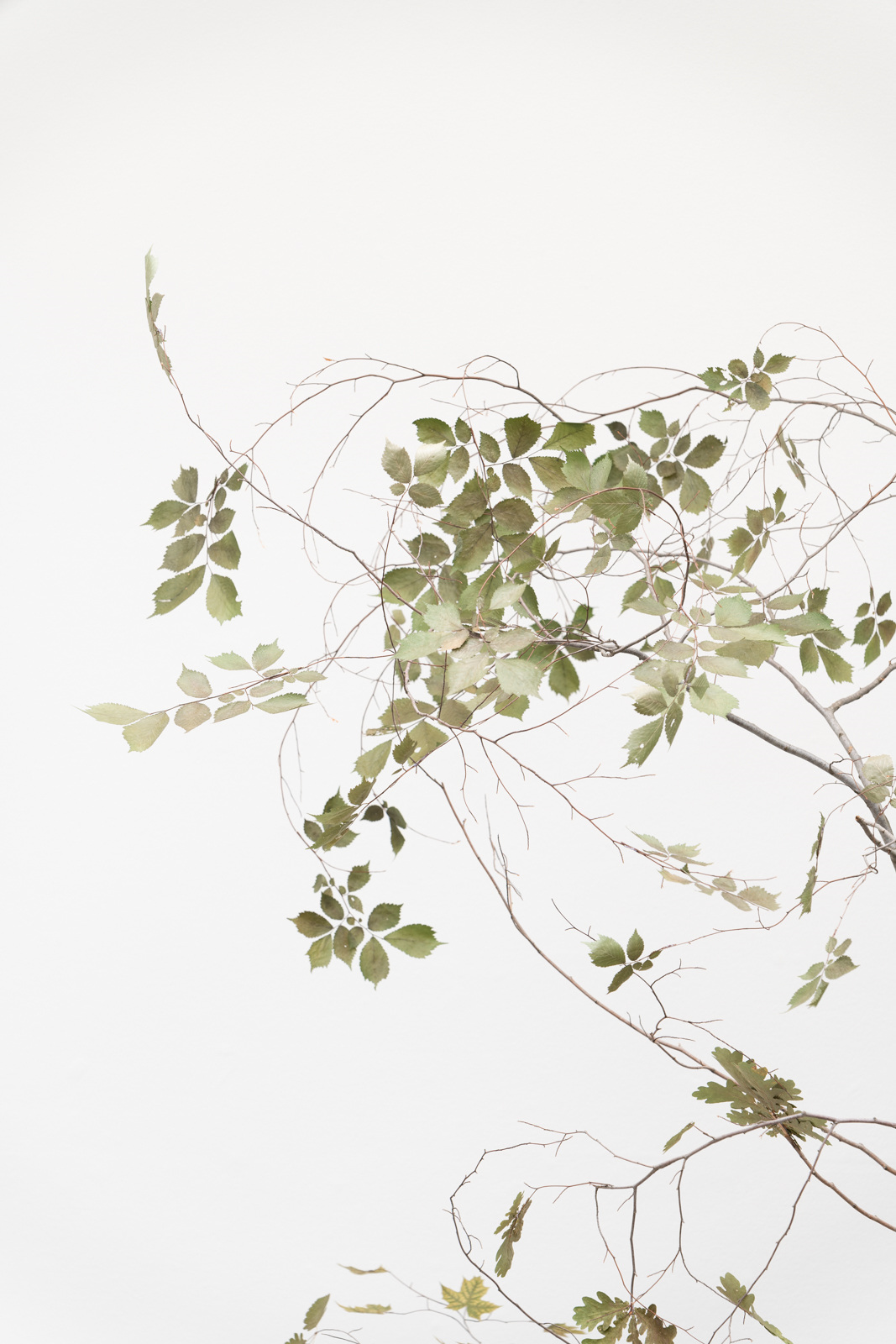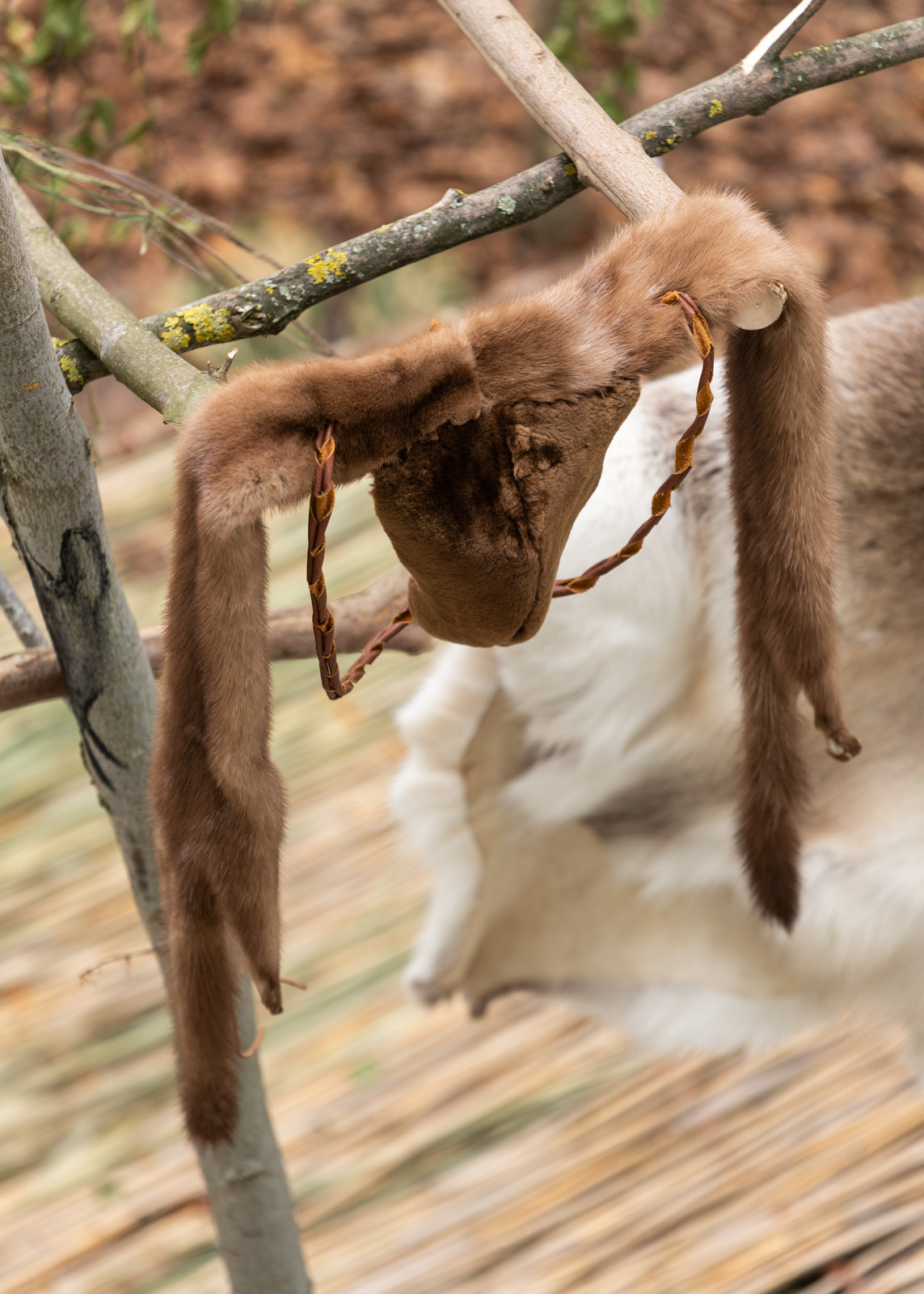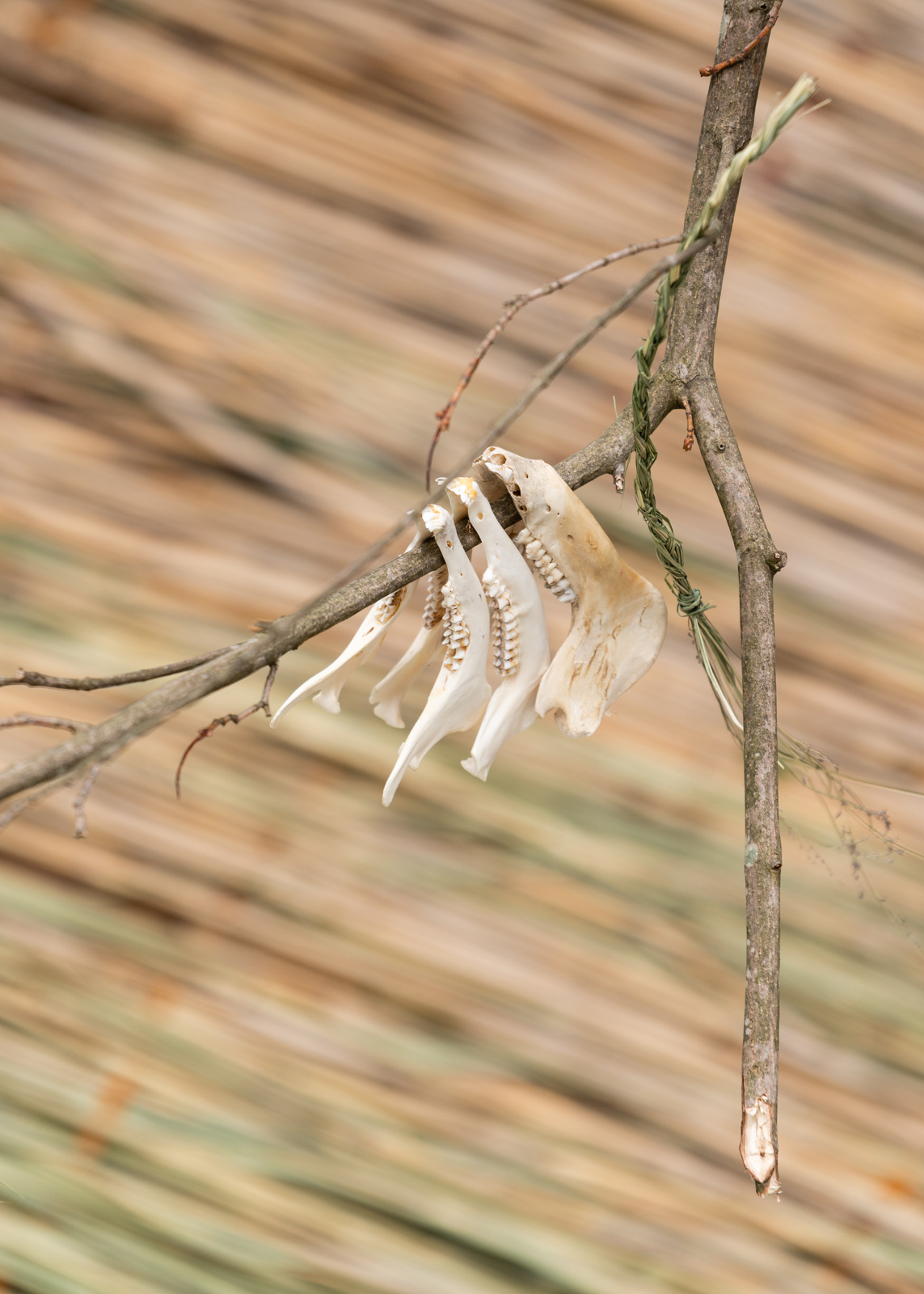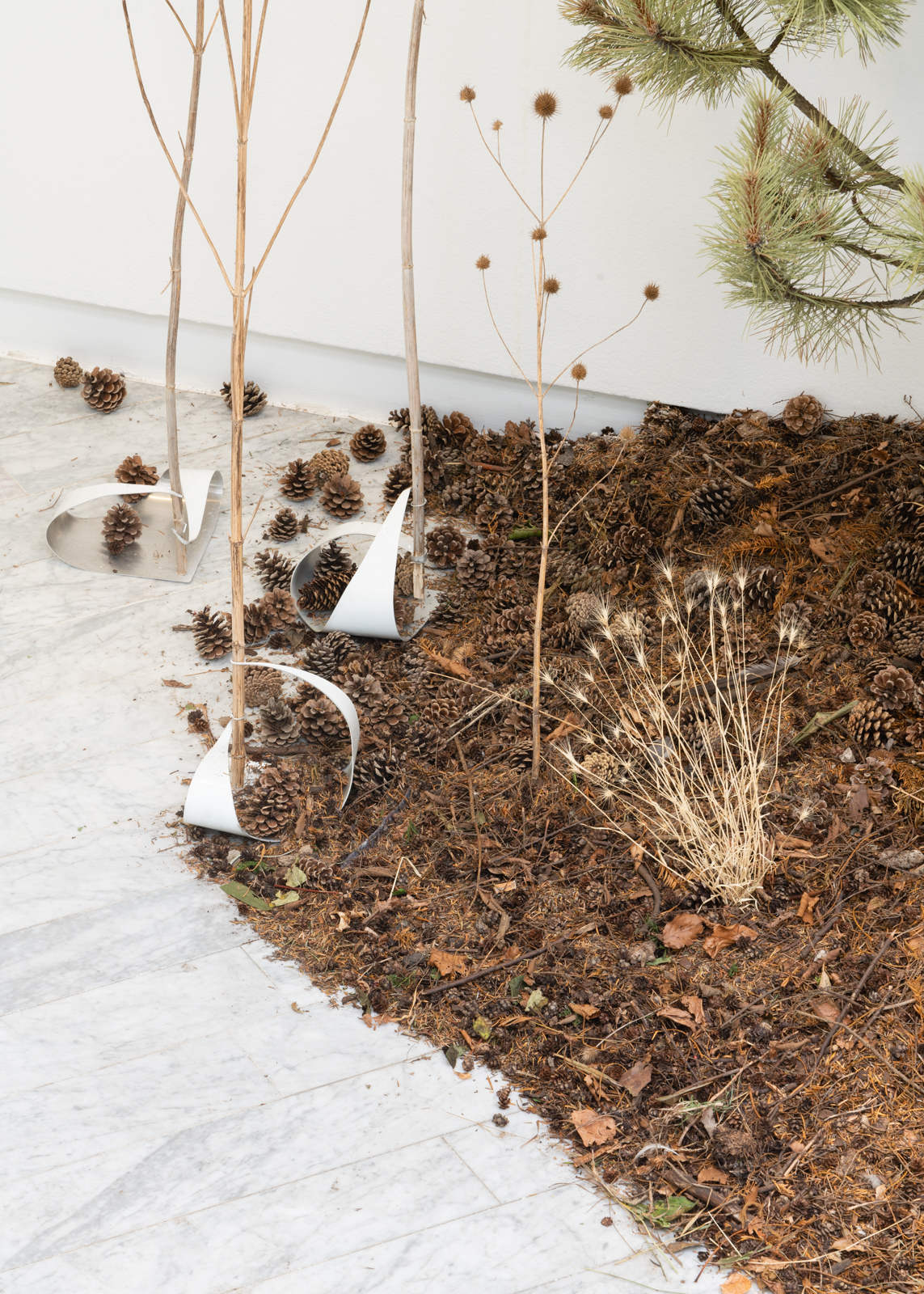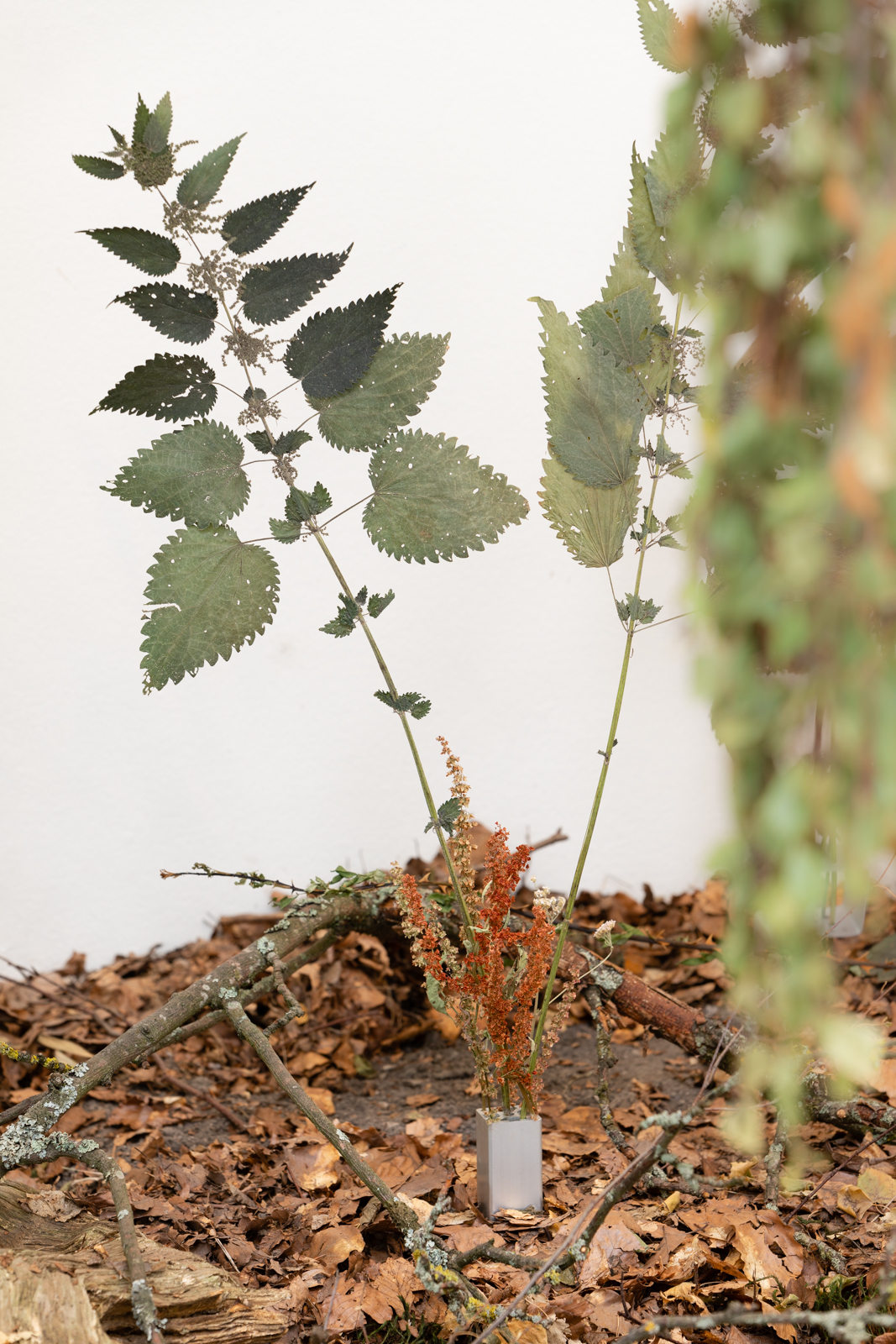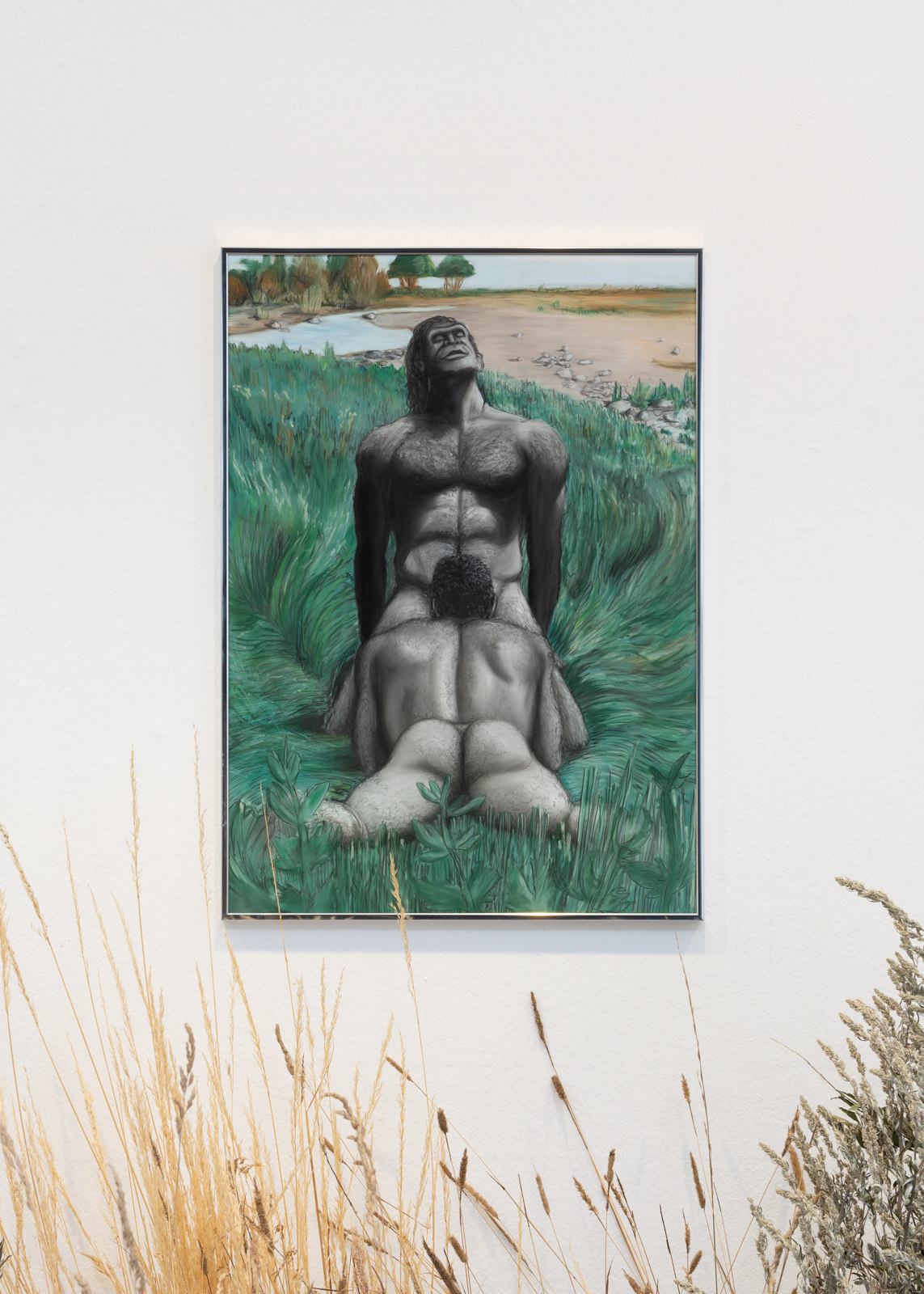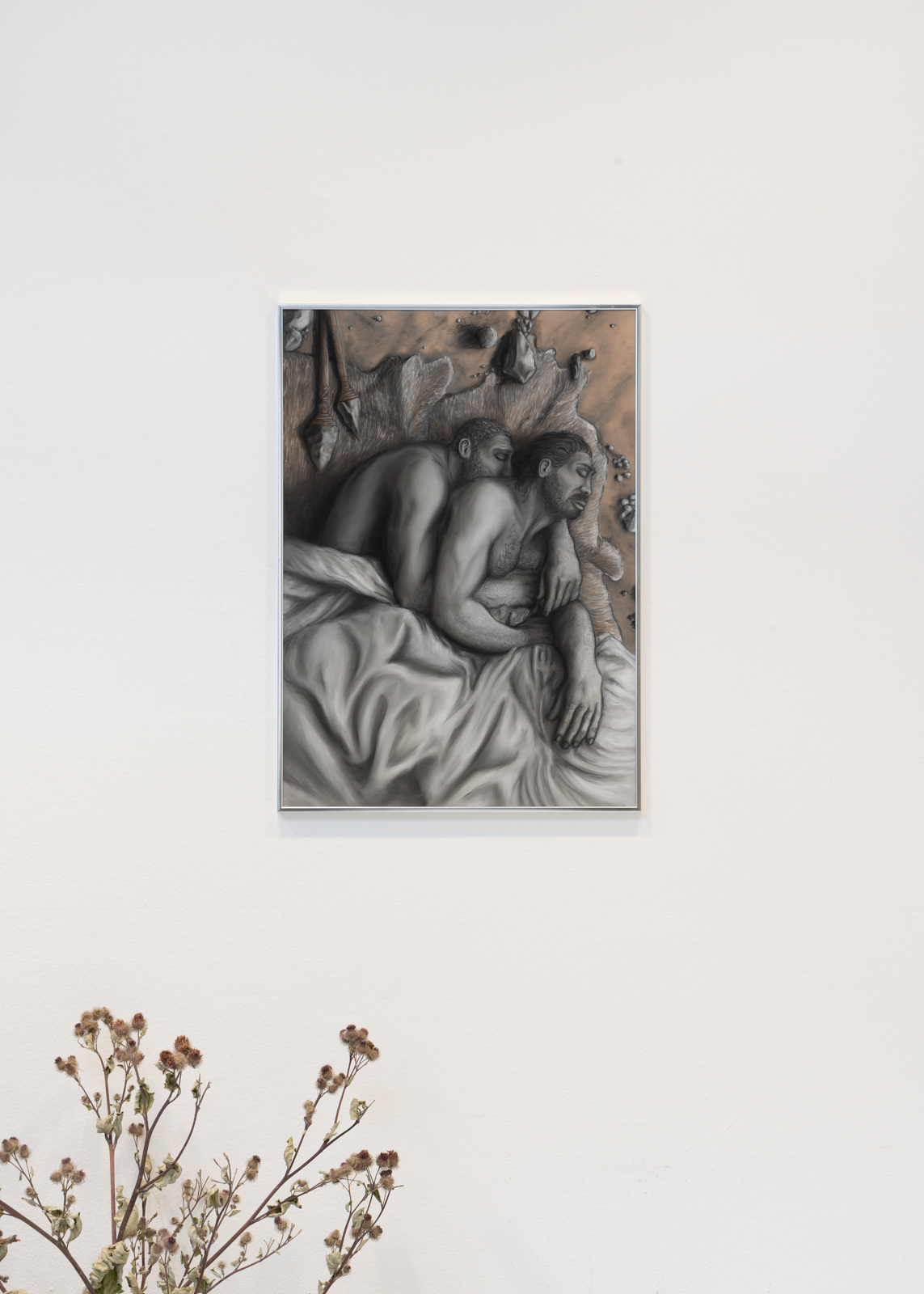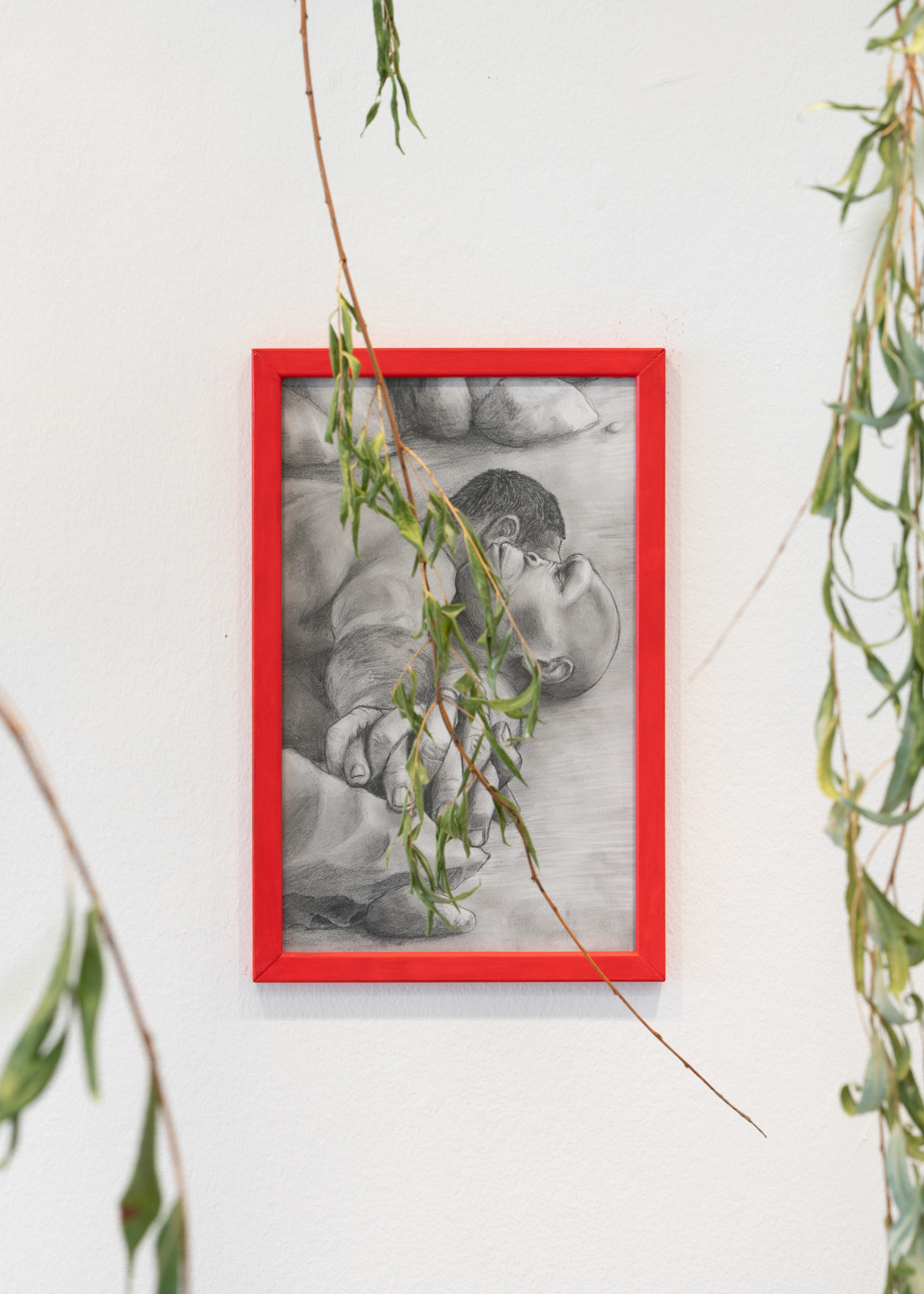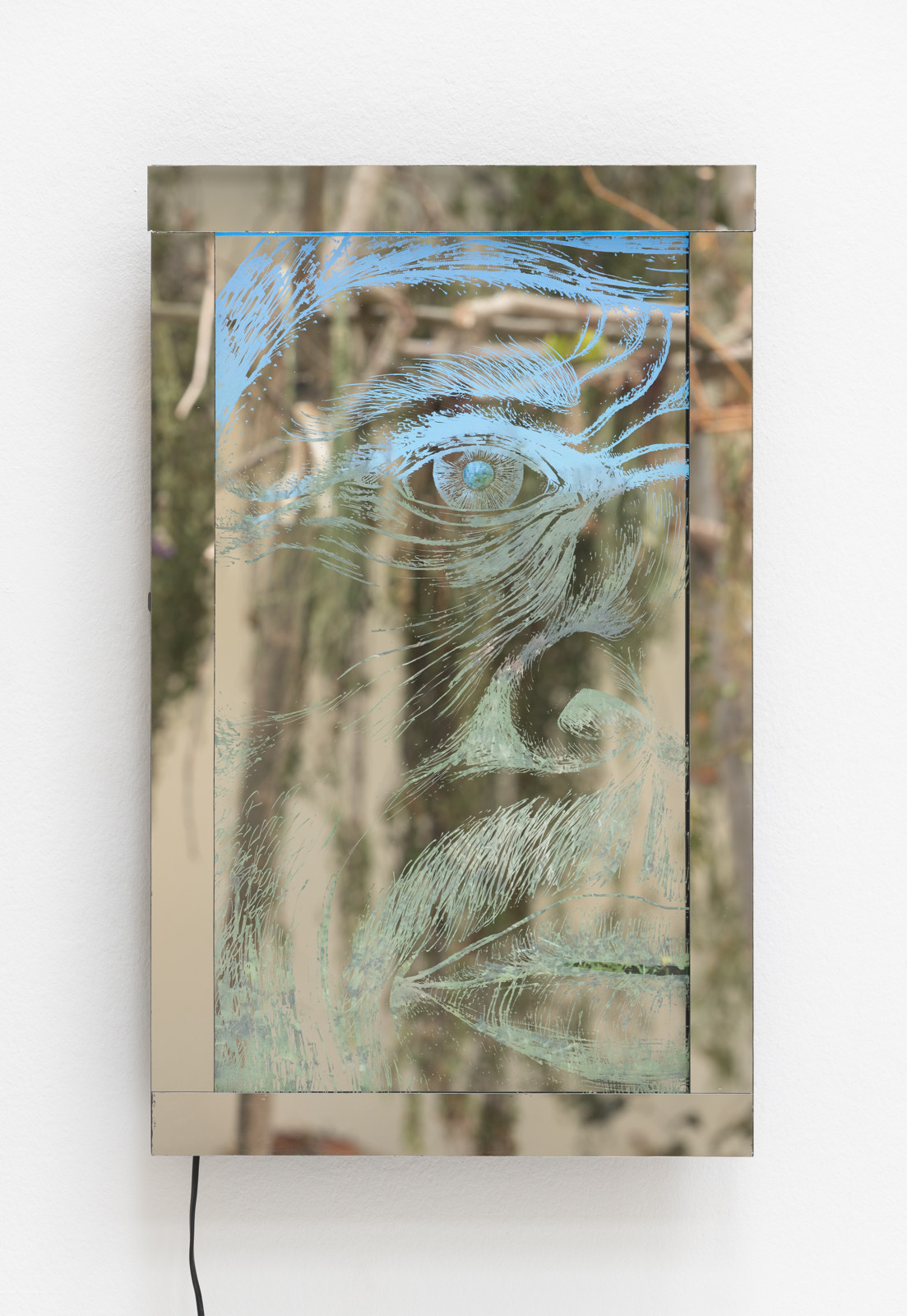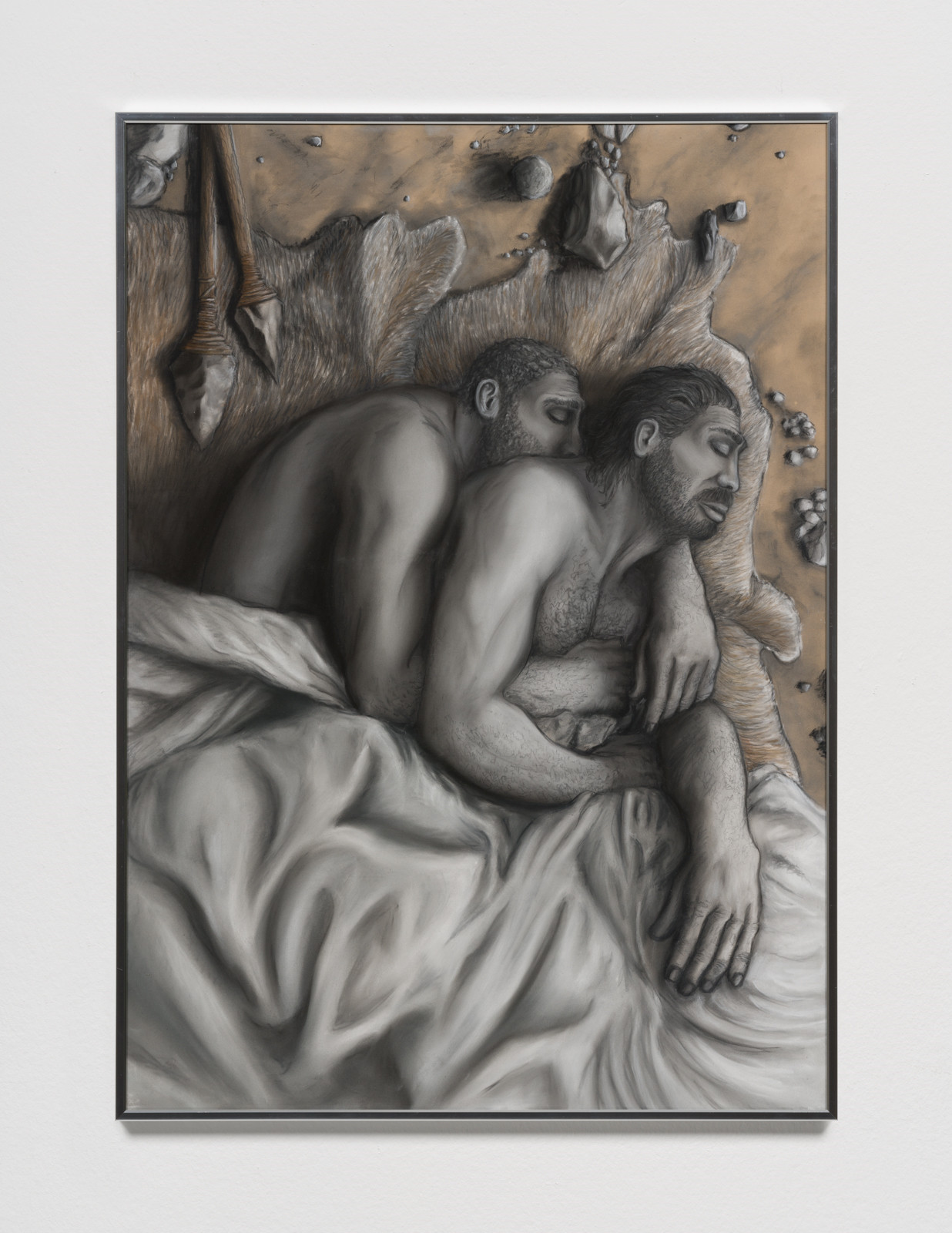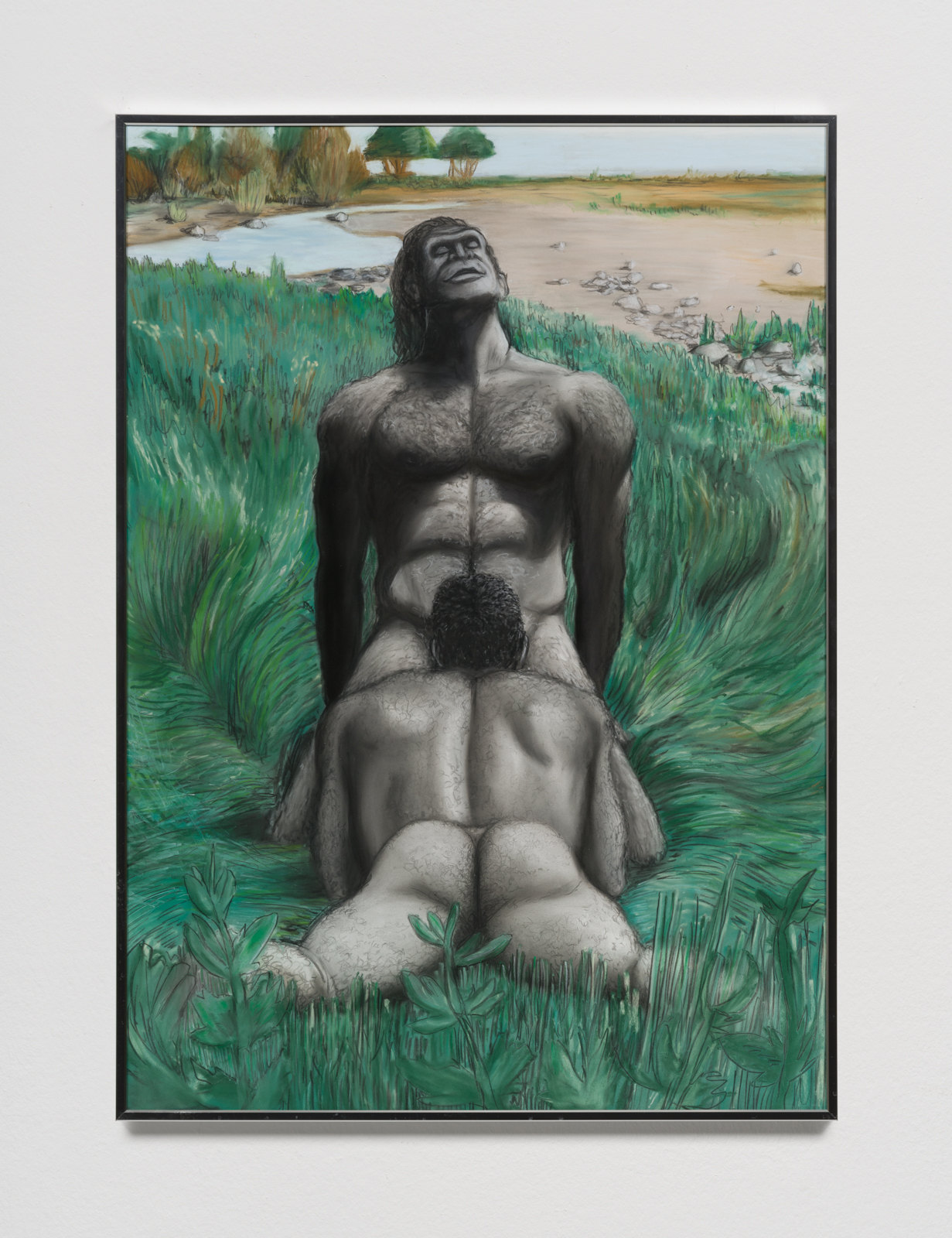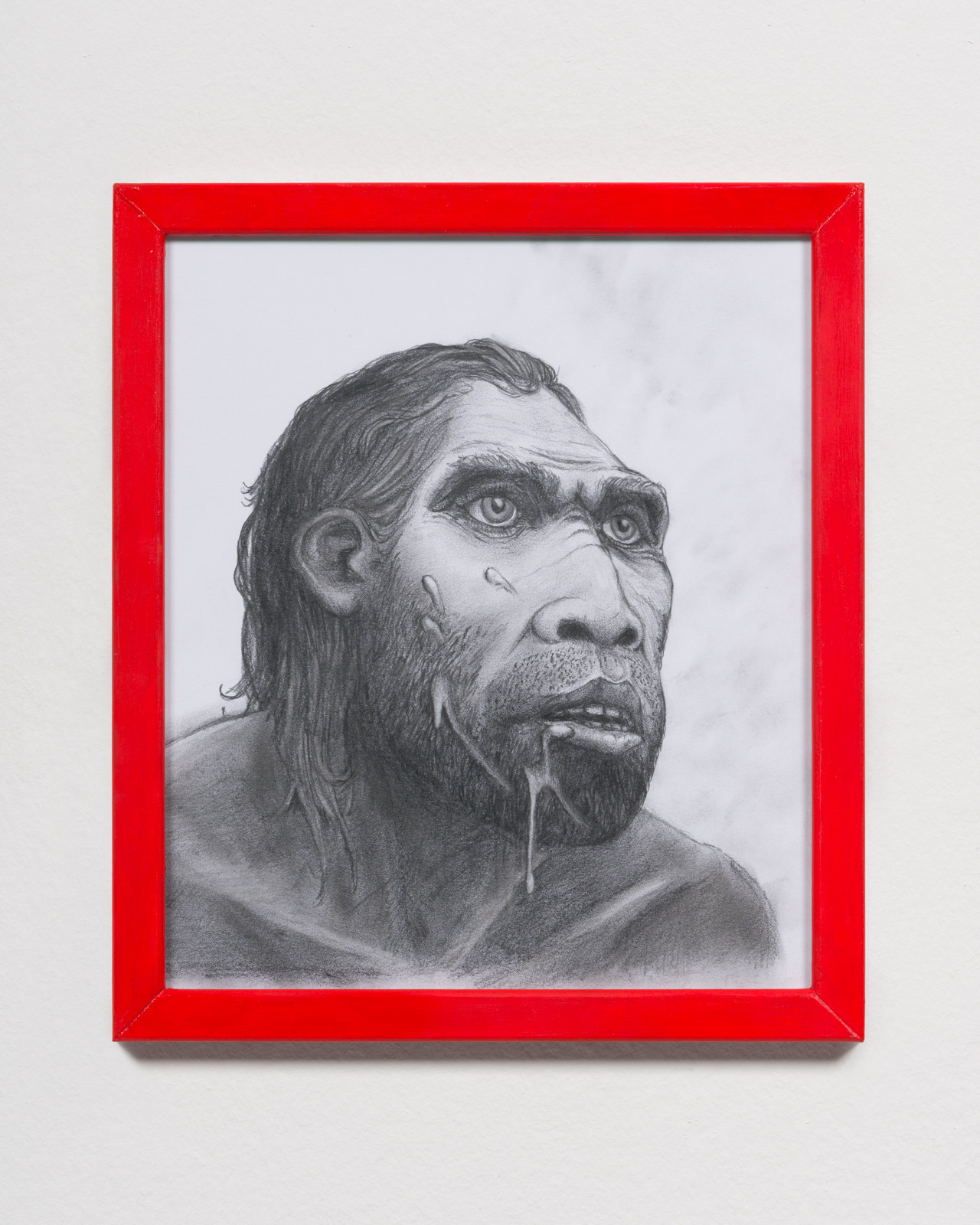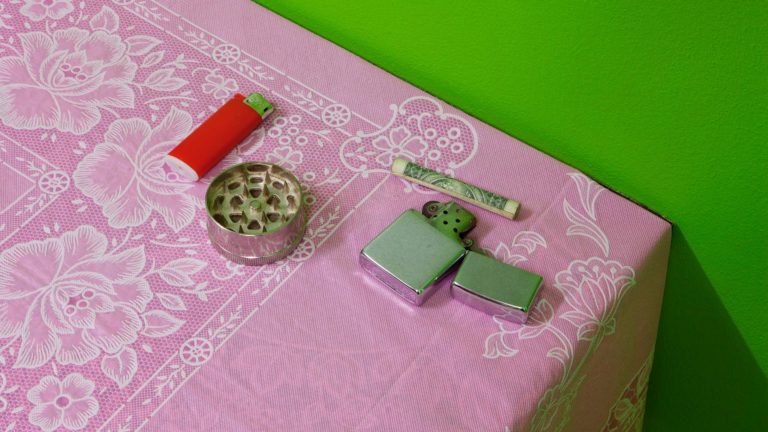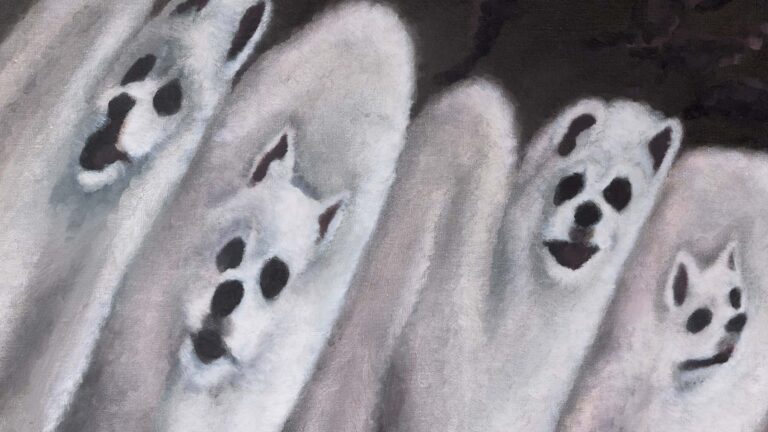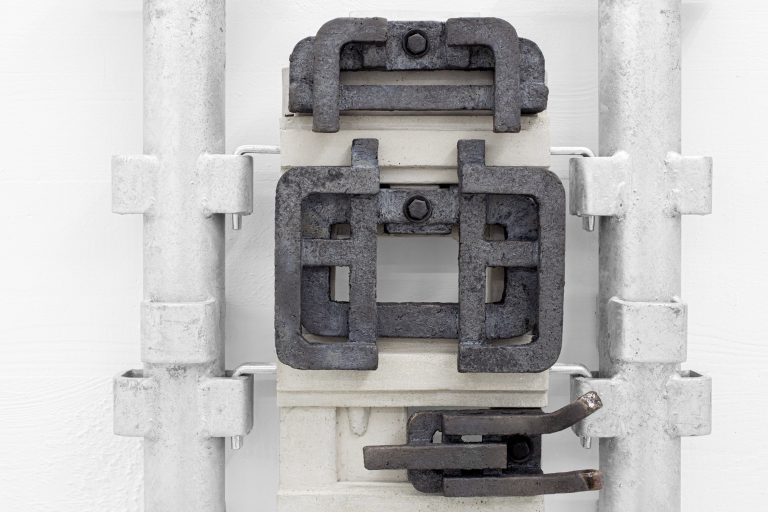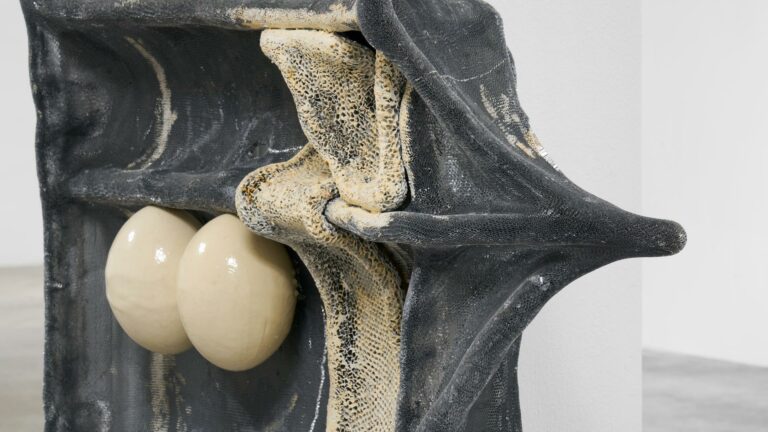Artist: Rasmus Myrup
Exhibition title: Homo Homo
Venue: Tranen Contemporary Art Center, Hellerup, Denmark
Date: August 29 – October 24, 2018
Photography: all images copyright and courtesy of the artist and Tranen Contemporary Art Center
Homo Homo is Rasmus Myrup’s biggest solo exhibition to date. In a full scale installation the Danish artist stages the prehistory of homosexuality amongst hominins. The installation recalls the dioramas of museums of natural history where animals are displayed in a reconstruction of their natural environment. In Homo Homo Myrup reworks the format. The main attraction, the hominins, are not placed in the centre of a landscape. It is rather the visitors, the humans, walking around in the display. The main characters of the installation, the homosexual hominins, have not been modeled by Myrup, but drawn. They are hung on the walls like windows to another world. The artist has discarded the big diorama paintings of landscapes that stretch as far as the eye can see. Myrup’s drawings of hominins remain two dimensional images. Though they take paleontological and archeological studies of prehistoric people’s life and strife as a starting point, the works are ultimately imaginings and fantasy rather than science. Myrup’s exhibition is informed by current research, but takes up where science leaves off.
The Ancient Greek word ‘homo’ means ‘of same species’. It is used both as a biological description of all members of the human genus and as an abbreviation of the adjective ‘homosexual’. The exhibition title can therefore be read as ‘the homosexual human’. But, as the artist explains, ‘homo homo’ can also mean ‘same same’.
The hominins in Myrup’s exhibition such as Homo Erectus and Homo Neanderthalensis seem to act like humans of our time. In the center of the exhibition, we find a four-poster bed shared by two lovers, built with wood and plants found in the forests of Denmark. In a corner of the exhibition Myrup has constructed a seashore and in another a grave. We find ourselves in a piece of Danish nature posing as a piece of prehistory.
The exhibition is the result of the artist’s speculations on how previous humans have loved, strolled, held hands, lived, eaten and bathed together, produced tools and imagery and finally buried each other and mourned their loss – just like today.
Besides the characteristics of the homo homos such as flat, wide nose ridges and protruding forehead arches and mouths, Myrup enhances the likeness to humans of today. The unknown contains something well known. While the heads are drawn in reference to the facial features of foregone folks, the bodies and their positions are inspired by homoerotic photography and pornography.
Myrup also shows a stream of his own videos, captured with a smartphone, with sunsets and similar scenes of natural beauty, which may have surprised and seduced hominins throughout the ages. The videos are displayed on screens covered by mirrors. The public simultaneously behold etched sketches of our ancient ancestors and nature clips through the cracks in their own reflection. Prehistoric and present horizons enrich and obscure each other and merge.
Our perception of prehistory has always been produced by the present.
The first scientific studies of the antiquity of humanity in the 19th century conceived of other hominins as primitive, underdeveloped beings. Myrup looks to more recent research focusing on their similarities to Homo Sapiens rather than their differences.
Not only have geneticists proved Homo Sapiens have bred and exchanged genes with other hominins. Biologists have also proven that homosexual behavior is widespread amongst the species of living apes most akin to Homo Sapiens. Myrup’s presentations of similar activities amongst extinct humans are undocumented but not unlikely.
Throughout history everything and everyone from greek philosophers to medieval clergymen to modern legislation have cursed and criminalized the love of one’s own sex and gender as contra naturum and therefore unnatural. With Homo Homo Myrup shows feelings for and attraction to his own gender, as the most natural thing in the natural world; something by now well documented amongst thousands of species throughout the animal kingdom.
The theory of evolution might explain how a body part, an organ, takes form so as to serve a specific purpose. But the theory of evolution also teaches us how species evolve when their body parts are used for other purposes than they at first – to some – seem destined for.
Homo Homo marks the beginning of Tranen’s new program. In 2018 and 2019, focus will be on contemporary art that is not primarily focused on our contemporary condition. When everything from climate to technology evolve at ever greater pace, the present becomes ephemeral and intangible. The present starts to shrink. Meanwhile, our knowledge of the past increase. Speculations about the future abound. As part of this development, much art is no longeer contempory, which literally means ‘with time.’ Instead art is rather ‘extemporary, i.e. ‘out of time’. Accordingly it’s time to think differently about time and history at Tranen.
Toke Lykkeberg
Director of Tranen
Rasmus Myrup (1991, DK) works and lives between Copenhagen and Paris. In 2018 he finished his studies at The Funen Art Academy. Myrup has, among others, previously had solo shows at Galerie Balice Hertling, Paris, and Interstate Projects, New York. Since 2014 he has also curated numerous exhibitions in Copenhagen, London and Paris under the moniker Weekends.


